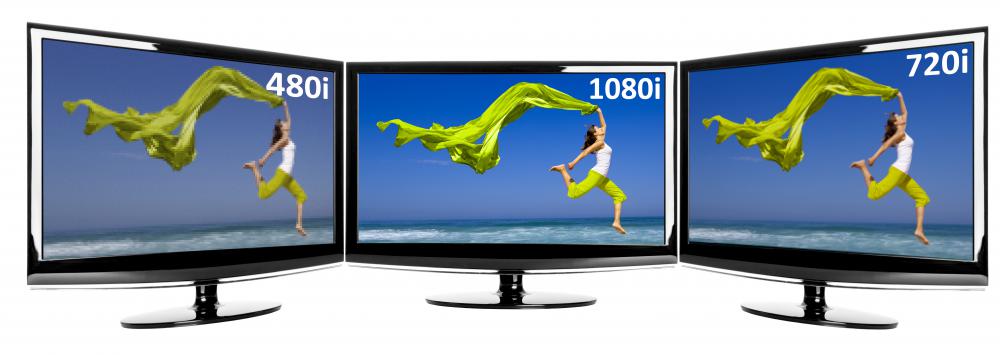At WiseGEEK, we're committed to delivering accurate, trustworthy information. Our expert-authored content is rigorously fact-checked and sourced from credible authorities. Discover how we uphold the highest standards in providing you with reliable knowledge.
What are Big Screen Televisions?
There is no set definition for big screen televisions, but generally the term applies to televisions that are too large to be practically produced using the traditional CRT. This means big screen televisions are anything larger than approximately 40 inches (100 cm). Most are made using technologies such as liquid crystal display (LCD), digital light processing (DLP), or plasma.
These new technologies have nearly taken over the entire market for televisions in general, especially in many industrialized nations. In the United States, as the conversion to digital signals is underway, many feel the best option is to get a set capable of displaying the clarity and resolution that comes with a digital signal. Doing so requires one of these newer technologies. In most cases, consumers also upgrade to big screen televisions.

The technologies behind big screen televisions each have their own advantages and drawbacks. Plasma has better black levels, but may not operate as well at higher altitudes and may not last as long. LCDs tend to last a little longer, but do not display colors quite as naturally and some have slower refresh rates, causing shadows of images to stay on the screen longer than they should, especially in fast moving sequences common with sports or action movies. DLPs have great color and high refresh rates but must be placed at eye level to avoid picture distortion.
In the past, big screen televisions topped out at approximately 50 inches (127 cm) for these newer technologies. That has since changed. Further developments have allowed big screen televisions to be pushed past that mark and 60 inches (152 cm) or greater have now become commonplace, though they are not widely purchased.
When looking at big screen televisions, it is important to understand that bigger may not always be better, depending on the size of the room in which the television will be located. Most manufacturers recommend having an average viewing distance of 1.5 times the size of the screen. For example, if the screen is 40 inches (100 cm), then the distance the television is viewed from should be at least 60 inches (152 cm), which is 5 feet.
The viewing size can be critical to enjoying a big screen TV. In many cases, sitting to close to a screen will cause one to lose some of the detail of the action taking place in other portions of the screen. The same effect is why many people do not like to sit in the first few rows when at the movie theater.
Big screen televisions comes with many different options. Some offer a standard resolution of 720p. Others offer a higher resolution of 1080p. In the end, most recommend getting the largest screen as practical for the room in which it will be used, regardless of resolution issues. Some have built in DVD players. The choices, whether talking about the technologies, or the added features, are numerous.
AS FEATURED ON:
AS FEATURED ON:











Discuss this Article
Post your comments